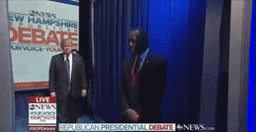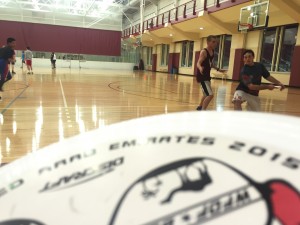For this project I wanted to continue exploring themes that I have played with throughout the semester but in a new way. I selected the topic of war again for this project but instead of looking at an older war I decided to examine our ongoing efforts in the Middle East. Additionally, the video features footage appropriated from released footage of what I believe is a coordinated drone strike on Taliban targets. This is intended to also raise questions about the ethics of using drones to engage with our enemies, a topic which has become a focus of the media in recent years as the number of drone strikes has increased. I also attempt to subtly bring up the controversy surrounding civilian casualties associated with drone strikes and the fact that American citizens have been the target of some drone strikes.
This project attempts to imitate the increasingly popular “Let’s Play” style of video predominately featured on platforms such as YouTube and Twitch. These videos feature a broadcaster walker viewers through or previewing games in entertaining ways. The videos have grown extremely popular in recent years, especially in younger demographic and can be spotted across all forms of social media. Popular online personalities, such as famed YouTuber PewDiPie, are making millions of dollars and have become vital marketing outlets for brands to reach younger customers. The videos seem to all follow a similar format and depending on the notoriety of the channel will have various levels of advertising and sponsored content.
In this way I hoped to again examine the realness of war and our relationship in understating it. If hollywood representations can seem more realistic or familiar to us than real footage taken from a drone what does that say about our understanding of the real conflict and what our troops or enemies experience?
In terms of creating the video, I spent a great deal of time watching Let’s Play videos since I had never really seen too many before. I found them to be fairly boring and unfunny, but they all follow a similar format and illicit millions of views and the personalities accrue hundreds of millions of followers and follow a similar format. In addition I was also trying to draw influence from the YouTube performance artists we looked at during the beginning of the semester. Imitating the YouTubers was a bit difficult because I am not much of an actor and just talking to a screen and pretending to speak to an audience was pretty hard. The footage from the drones was actually incredibly easy to find and appropriate. The footage is surprisingly readily available on YouTube and had well over 1.7 million views. In the end I hope this communicates a critique on the topics of the war, our use of drones, our misperception of modern warfare and video games and how online personalities are creating uninspired videos that target and exploit young viewers around the world.









